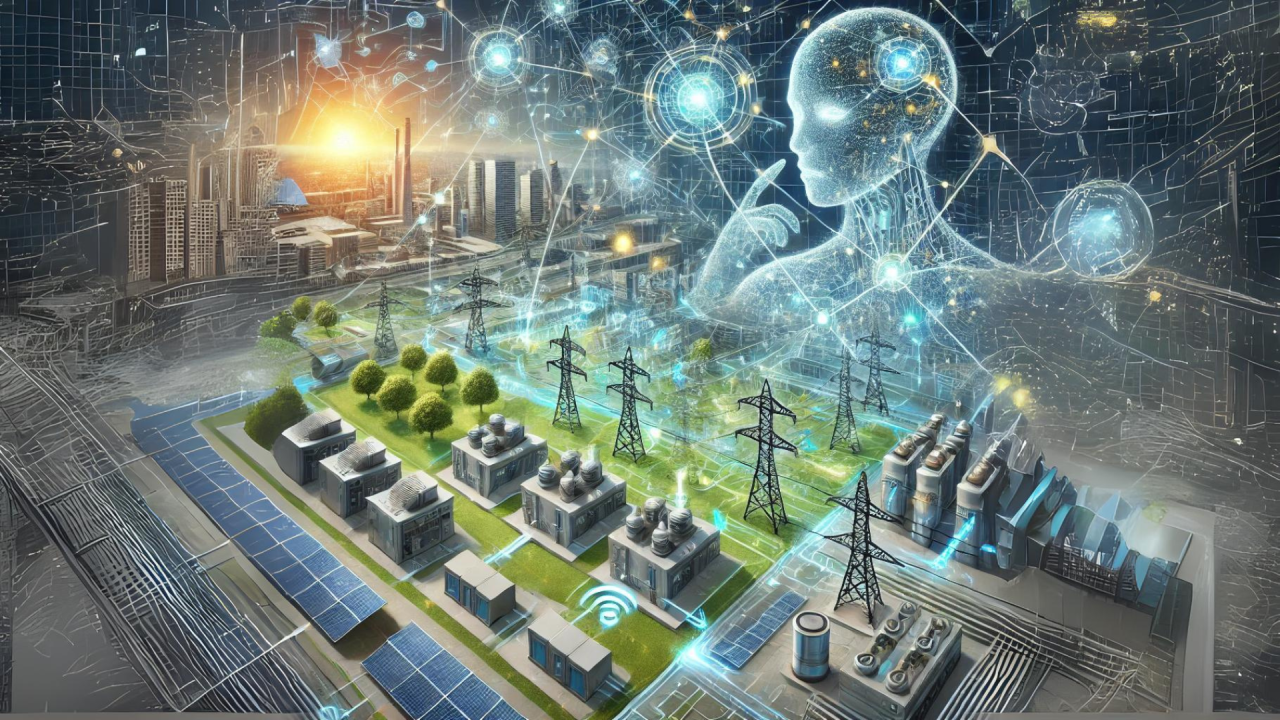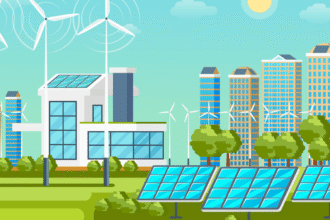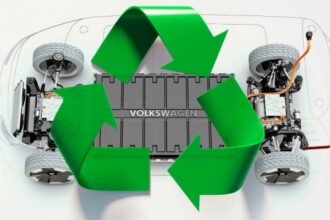Artificial intelligence (AI) is no longer a side tool in energy distribution it is now embedded in how grids forecast, detect, and respond. At the forecasting level, machine learning predicts demand and renewable output with greater accuracy, helping utilities size reserves and allocate resources. At the operational level, AI detects anomalies in equipment behavior, enabling predictive maintenance that reduces outages. And at the control level, optimization models and reinforcement learning manage voltage, reroute power, and coordinate storage in real time. Together, these capabilities shift distribution from a reactive system to one that anticipates changes and adapts instantly, therefore improving both reliability and efficiency.
The scale of this shift is measurable. Grand View Research estimates the global AI in energy distribution market to hit revenues of USD 21.3 billion by 2033, with a projected CAGR of nearly 23% through 2033. This growth reflects not just pilot projects but deployment into core operations. For utilities, the message is clear: AI requires clean data pipelines, validated models, and seamless integration into day-to-day processes. Those who build these foundations now are positioned to capture long-term value.
Smarter Grids Through Predictive Analytics
Traditional distribution relied on static forecasts and deterministic models, which often failed to capture uncertainty. Today, utilities deploy probabilistic forecasting models that use ensemble learning and time-series analysis to quantify demand variability down to the feeder level. These models incorporate weather forecasts, sensor telemetry, and historical usage patterns, allowing grid operators to anticipate peak event hours or even days ahead. Predictive asset analytics uses anomaly detection to analyze thermal signatures, vibration data, and load histories of transformers and switchgear, identifying early indicators of degradation. Duke Energy has tested such models to align load forecasts with renewable variability, reducing reserve requirements and extending asset reliability.
Automation and Real-Time Response
Distribution management systems are increasingly AI-driven, combining rule-based logic with reinforcement learning to make split-second operational decisions. Fault detection algorithms trained on phasor measurement unit (PMU) data can distinguish between transient and permanent faults, triggering automated switching sequences that minimize cascading outages. Voltage and frequency regulation tasks are optimized by AI controllers that learn from grid state data in real time, replacing slow manual adjustments with continuous, data-driven optimization. National Grid in the UK has explored using AI in balancing operations to automatically match distributed generation output with demand fluctuations across regions.
Integrating Renewables and Decentralized Energy
With distributed energy resources (DERs) such as rooftop solar, EV charging, and community batteries expanding, grid complexity has increased. AI enables advanced DER management systems that coordinate thousands of assets simultaneously. Neural-network-based forecasting models predict renewable generation output at sub-hourly intervals, while optimization solvers determine the optimal dispatch of storage, demand response, and flexible loads to stabilize distribution. California ISO applies AI forecasting to improve renewable integration, reducing curtailment by aligning distributed solar generation with demand-side flexibility.
Enhancing Customer-Centric Energy Models
AI also powers new forms of customer engagement. Advanced load disaggregation models parse smart meter data to identify specific appliance usage patterns. This enables dynamic tariff design that rewards flexible consumption, as well as personalized efficiency recommendations. Natural language processing (NLP)-based virtual assistants extend this intelligence to households and businesses, answering energy queries and automating demand-side participation in grid programs. Schneider Electric’s AI-driven platforms show how customer-level optimization can scale into a resource that supports distribution operators.
Operational Efficiencies and Cost Savings
For utilities, operational efficiency comes from embedding AI into asset management workflows. Predictive maintenance algorithms trained on SCADA and sensor data detect incipient faults in cables and substations, reducing costly emergency callouts. Advanced load forecasting lowers reserve procurement, while optimization engines reduce network losses by fine-tuning reactive power flows. Over time, AI models create feedback loops where operational data continuously refines prediction accuracy, improving both cost efficiency and reliability. Siemens has introduced AI-enabled monitoring solutions that provide transformer stress indices, supporting utilities in scheduling maintenance before failures propagate.
Risks and the Need for Governance
As utilities adopt AI at scale, the risks shift from technical feasibility to systemic resilience. Black-box models can obscure decision logic, complicating regulatory oversight. Cybersecurity concerns extend to training data integrity, adversarial inputs, and compromised edge devices, each of which can introduce vulnerabilities into distribution networks. Governance frameworks must mandate explainable AI, rigorous validation against historical fault data, and red-team testing of AI-driven control systems. Only with these safeguards can AI deliver reliability without increasing systemic risk.
The Road Ahead
AI in distribution is moving toward higher levels of autonomy. Edge AI will allow microgrids to operate semi-independently, coordinating DER clusters without constant central input. Digital twins of distribution networks will simulate operating scenarios, enabling utilities to test emergency response and optimization strategies virtually before deployment. Reinforcement learning agents are expected to progress from advisory systems to direct control agents, adjusting dispatch strategies dynamically as conditions evolve. As electrification accelerates and renewable penetration deepens, the need for AI to orchestrate grid resources will not just optimize them but will define the next decade of distribution operations.
















